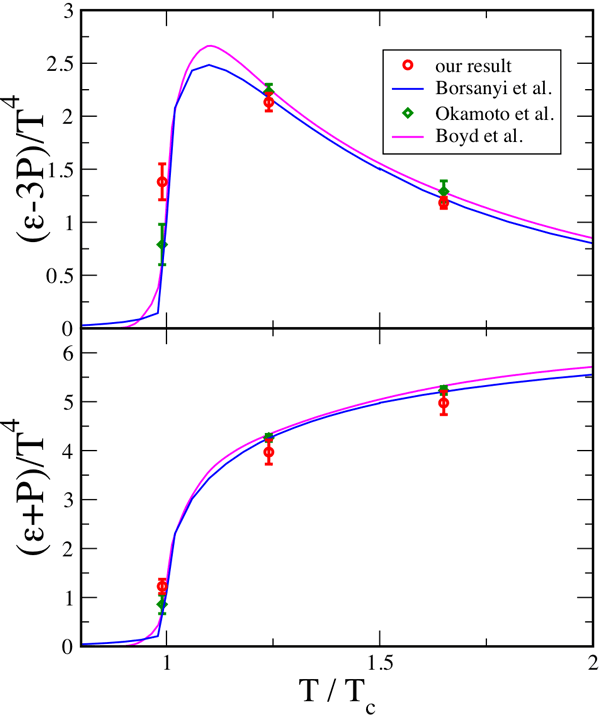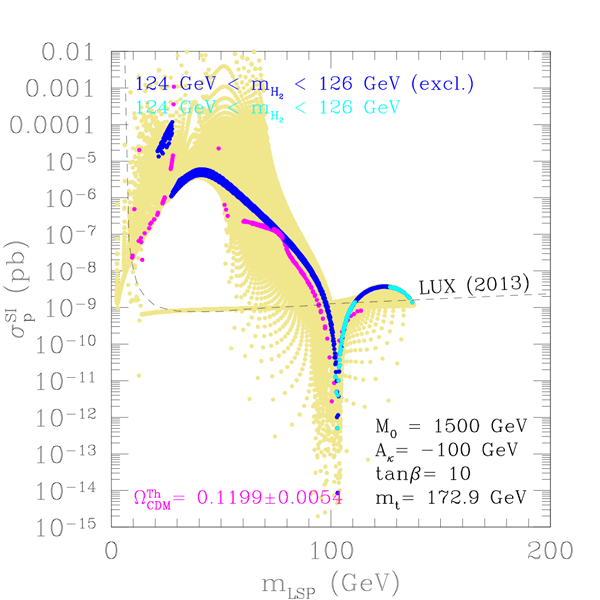
HOME / Departments / Physics / Theory of Elementary Particles
Theory of Elementary Particles
-
- SUZUKI Hiroshi, Professor
- Justin Kaidi*, Associate Professor
- KUSUKI Yuya*, Associate Professor
- TSUMURA Koji, Associate Professor
- OTSUKA Hajime, Assistant Professor
- * Institute for Advanced Study
- Theoretical study of elementary particle physics (quantum field theory, quantum anomaly, lattice gauge theory, exact renormalization group, beyond the standard model, model building, phenomenology and cosmology, superstring theory, unified theory, Calabi-Yau compactification, machine learning, quantum gravity, AdS/CFT, entanglement, conformal bootstrap, any topic in 2D CFT, categorical symmetry, anomalies, non-supersymmetric strings and branes)
1. The energy-momentum tensor in lattice gauge theory from the gradient flow
The lattice field theory is a very powerful framework which enable us to study the non-perturbative dynamics of quantum field theory from first principles. It has had great successes especially in the field of hadron physics, known as lattice QCD. From the very definition of lattice field theory, however, it is clear that the lattice field theory can be incompatible quite often with spacetime symmetries, such as the translational invariance. This has made the investigation of physical quantities associated with spacetime symmetries very difficult. A well-known example is the difficulty in the construction of the energy-momentum tensor in lattice gauge theory---the energy-momentum tensor is the Noether current associated with the translational invariance. In this work, we proposed a novel method to construct an operator in lattice gauge theory which automatically reduces to the energy-momentum tensor in the continuum limit. This method is quite novel, being based on a rather new idea in quantum gauge theory, called the “gradient flow”. So far, we have been applying this method to the thermodynamics of QCD and obtaining promising results. Further various applications of this method are expected.

2. Physics beyond the Standard Model
Higgs boson, the final missing piece of the Standard Model (SM) has discovered in 2012. It has the properties predicted by the SM within the current experimental accuracies. However, the Higgs sector of the SM is plagued with the notorious hierarchy problem. It is natural to expect that a new physics beyond the SM exists around the TeV energy scale which can explain why we have the Higgs boson. On the other hand, the SM can not explain the cosmological problems like the existence of the dark matter, the baryon asymmetry and the origin of inflation, which may have a solution in the new physics behind the hierarchy problem. We are studying these mysteries with new ideas mainly based on supersymmetry and examining how we can extract the trace of the new physics in terrestrial experiments and astrophysical/cosmological observations.
